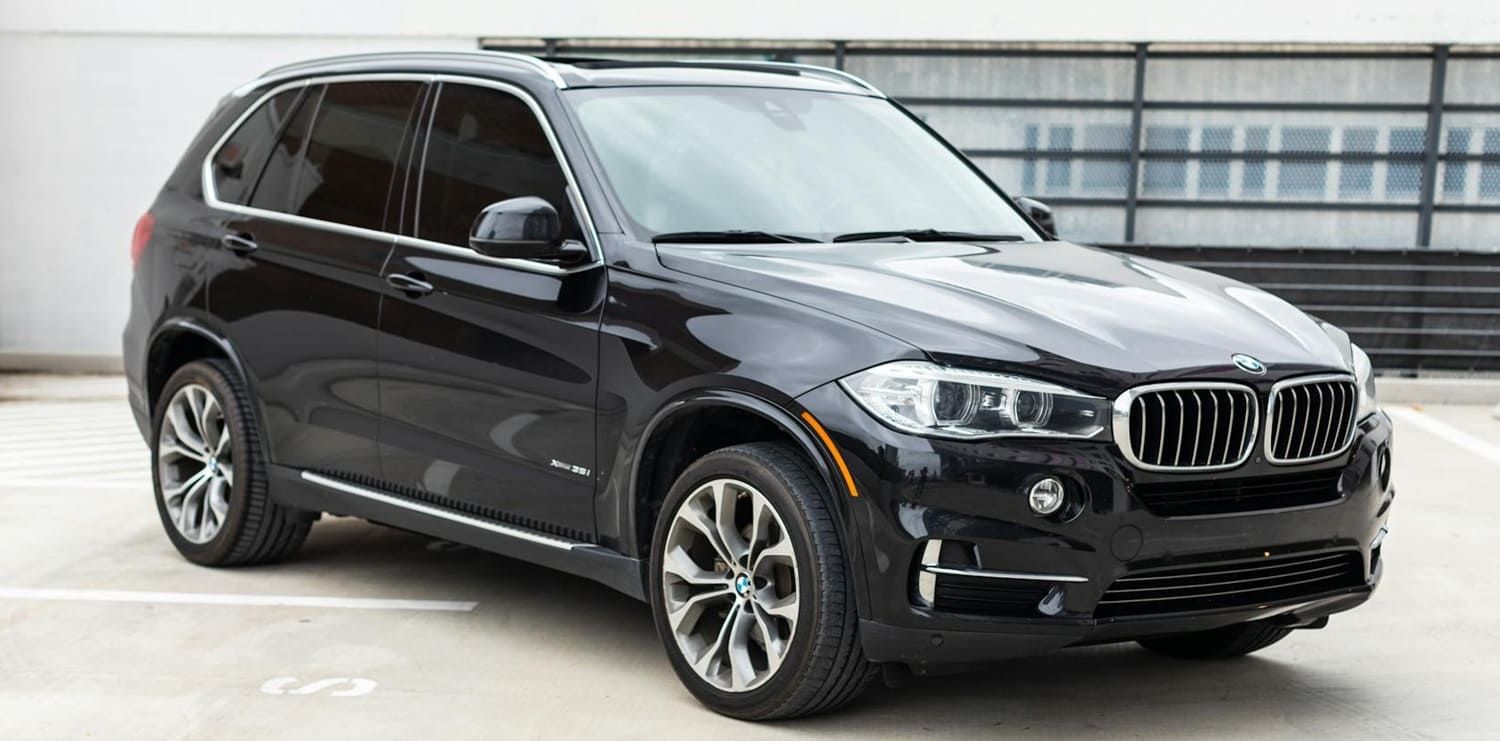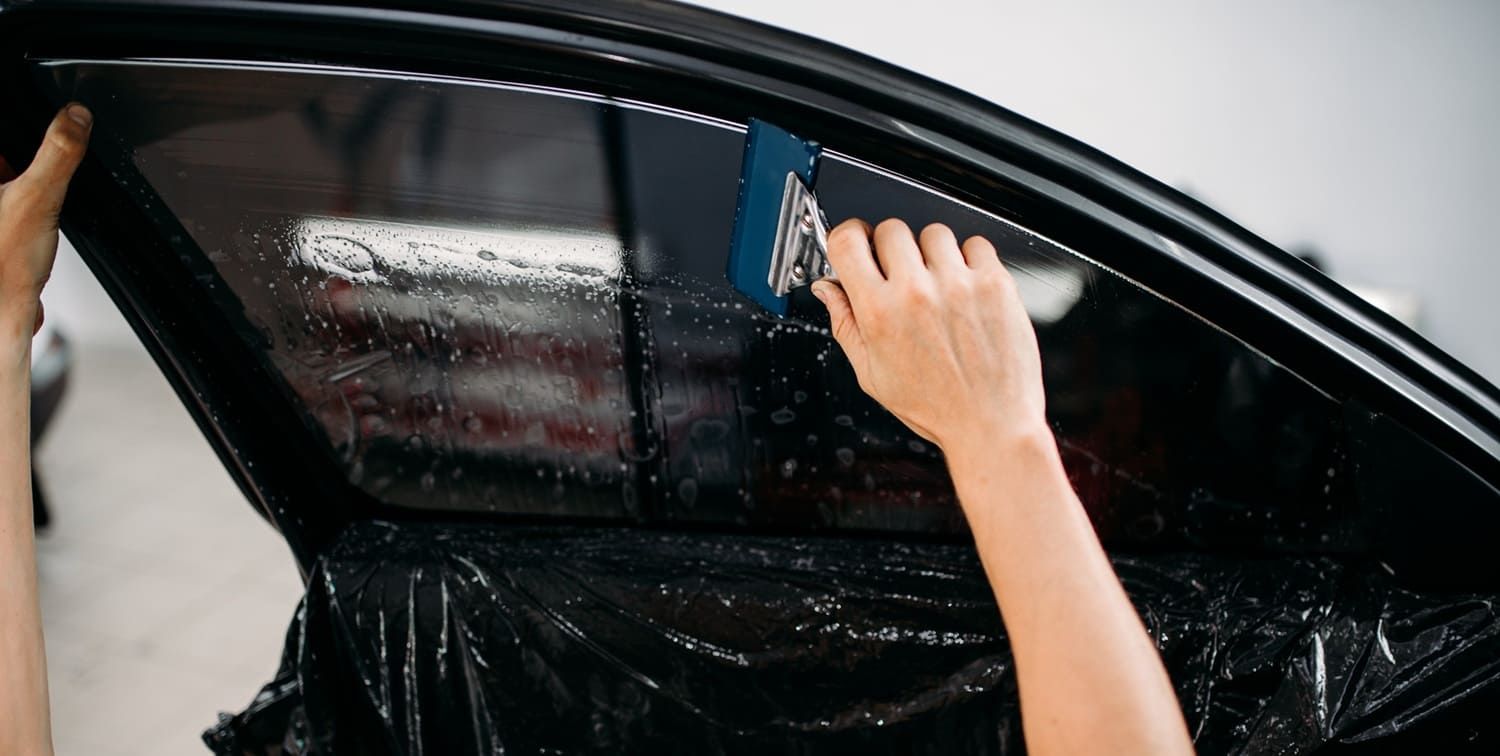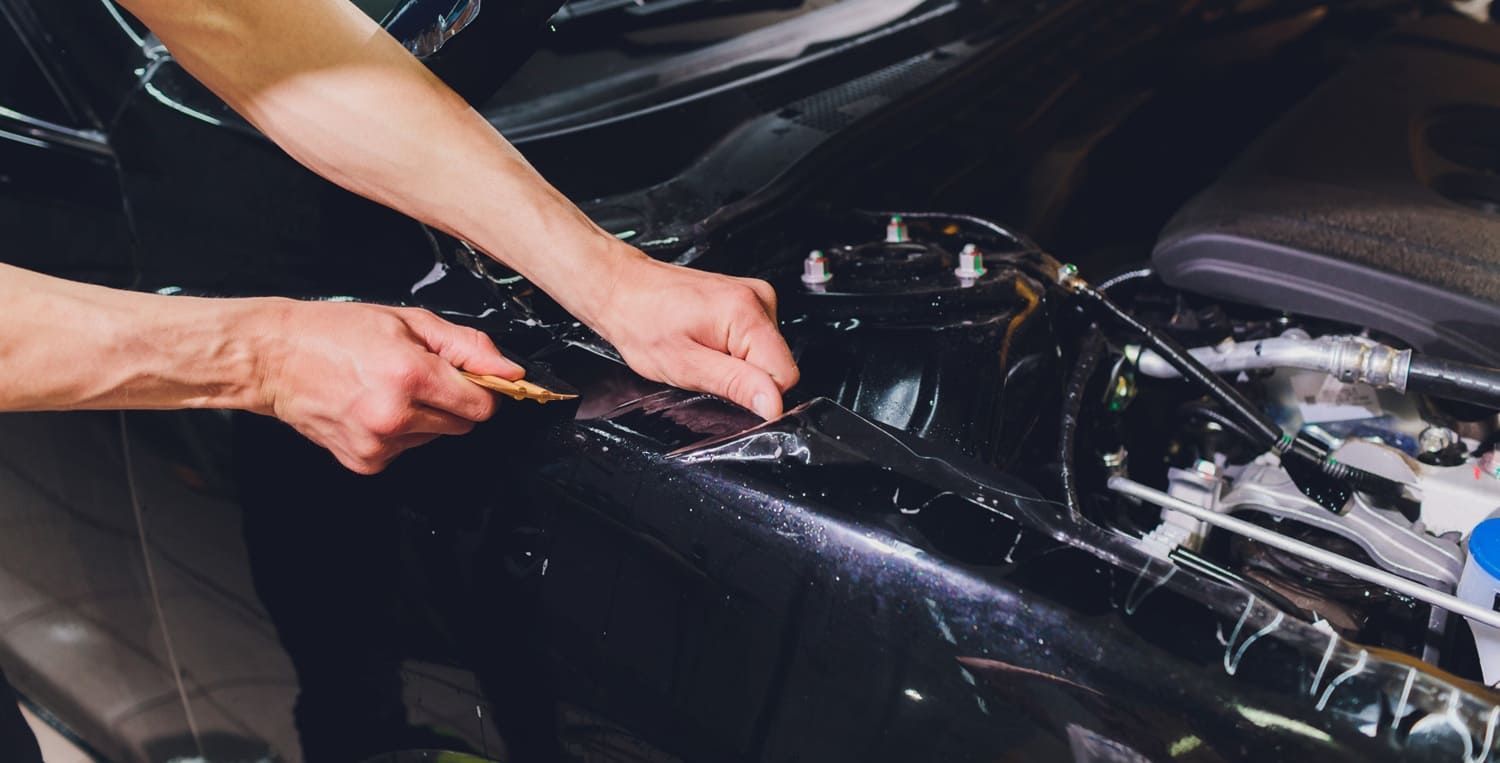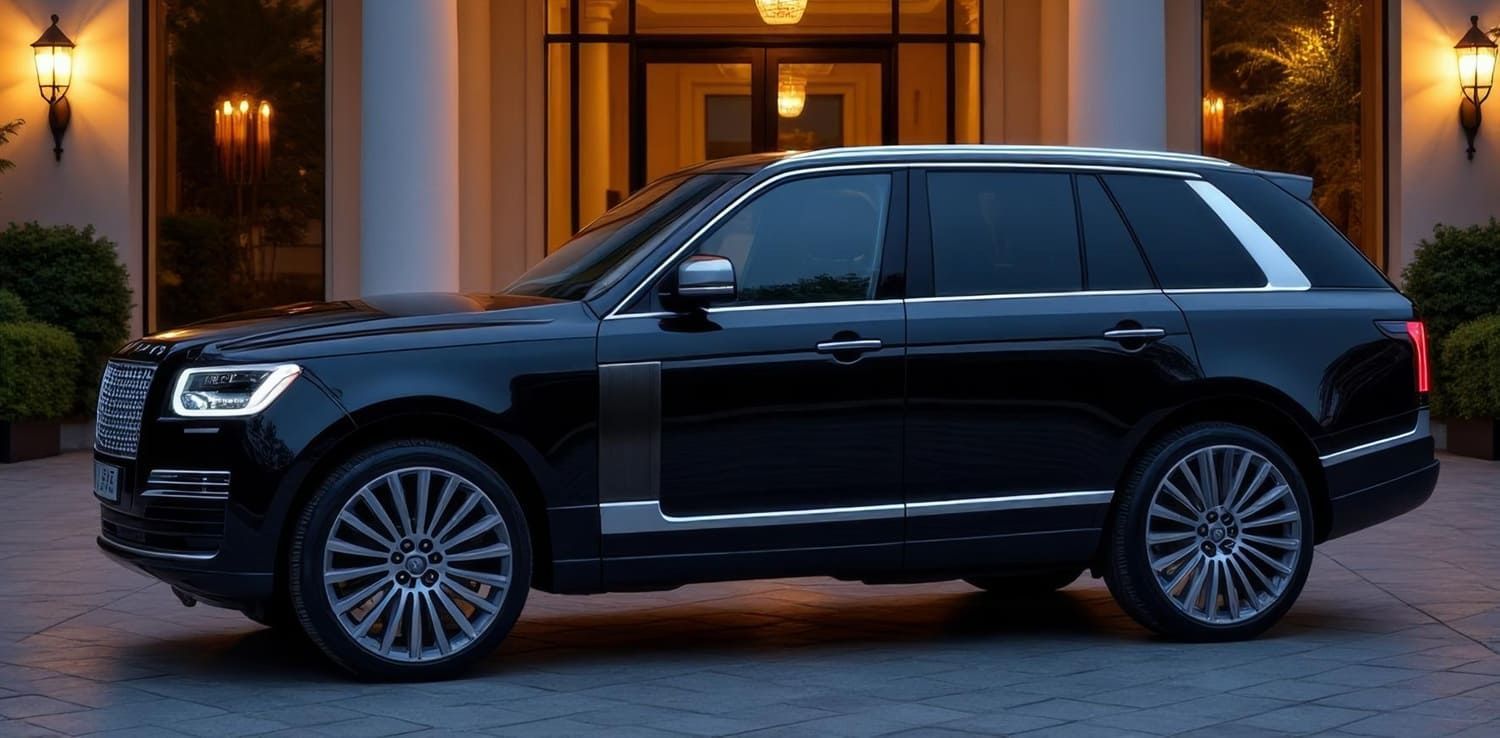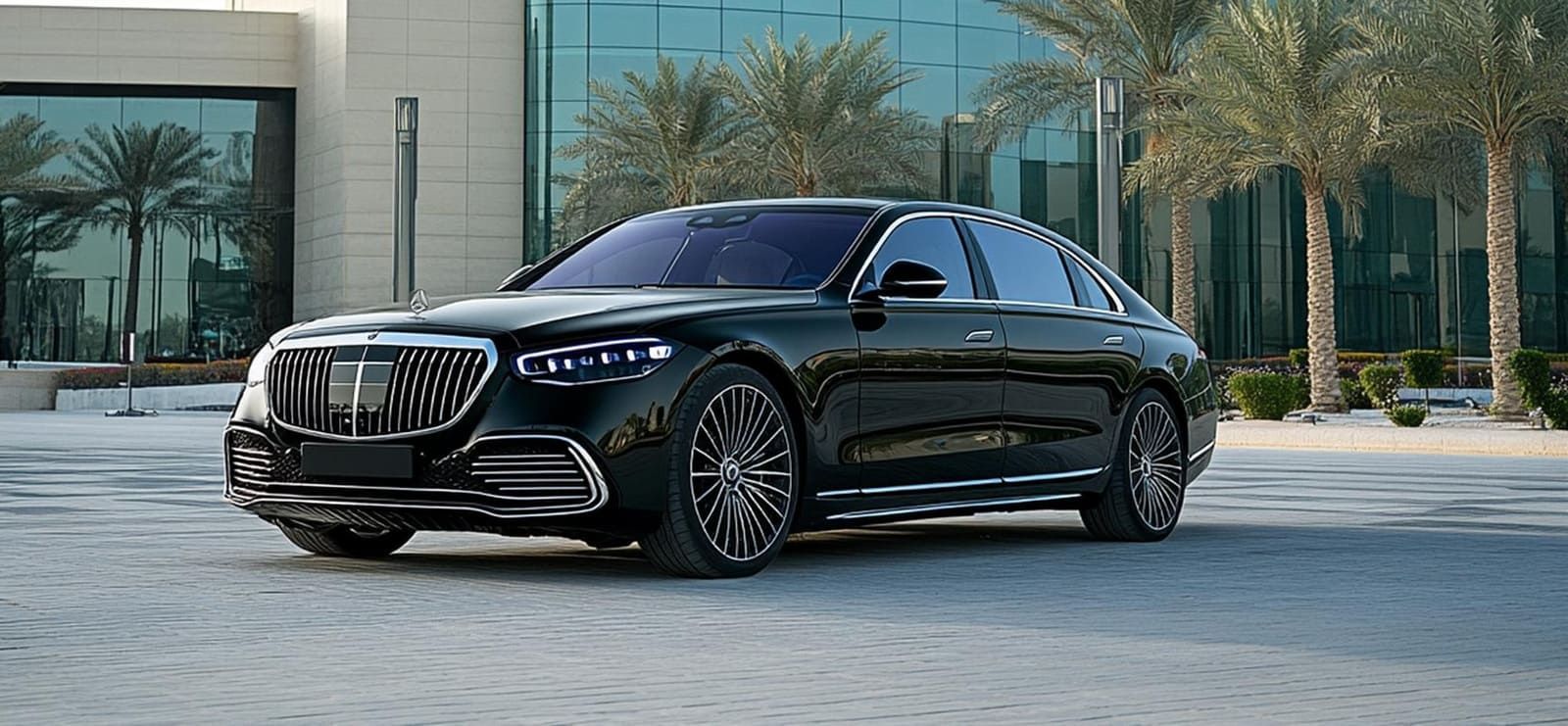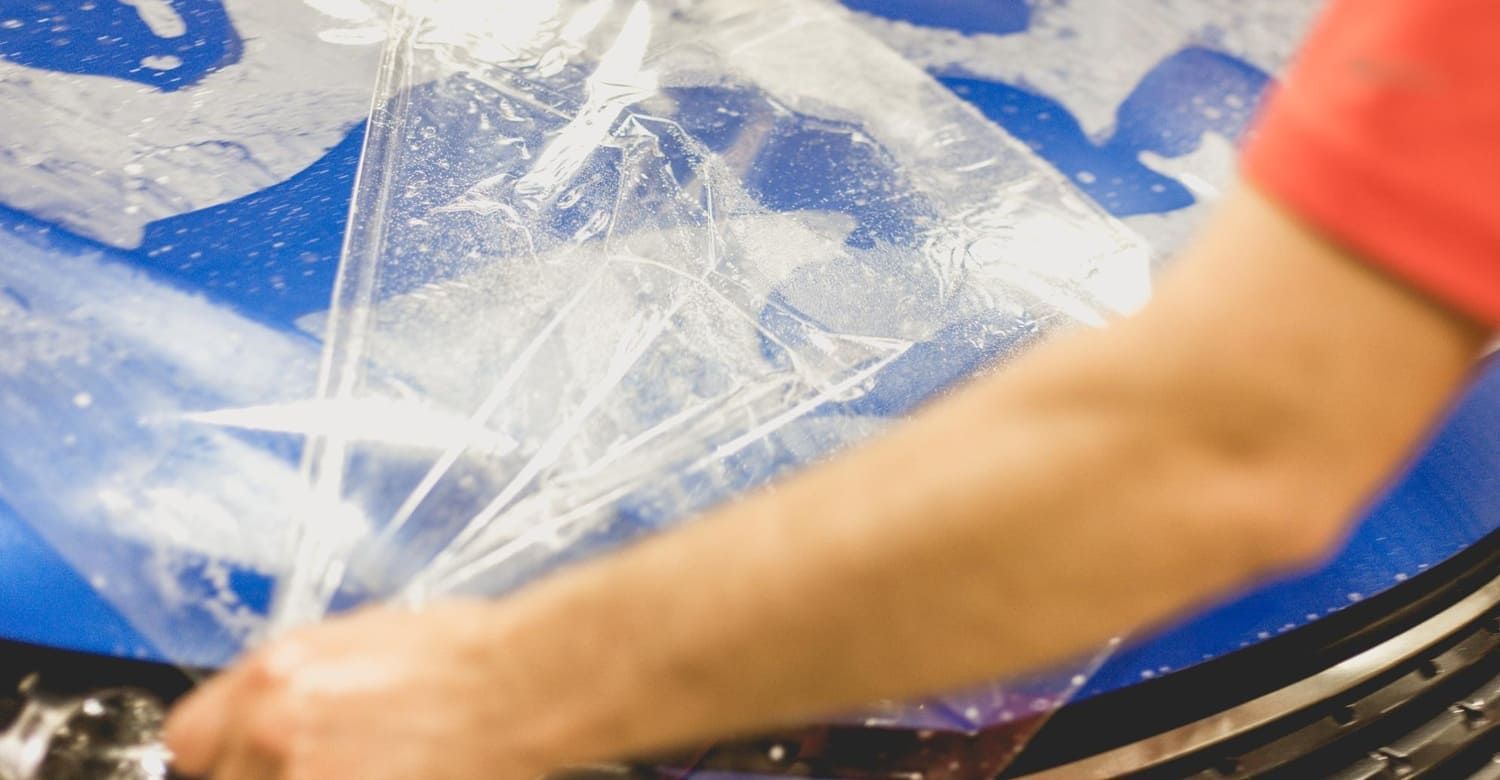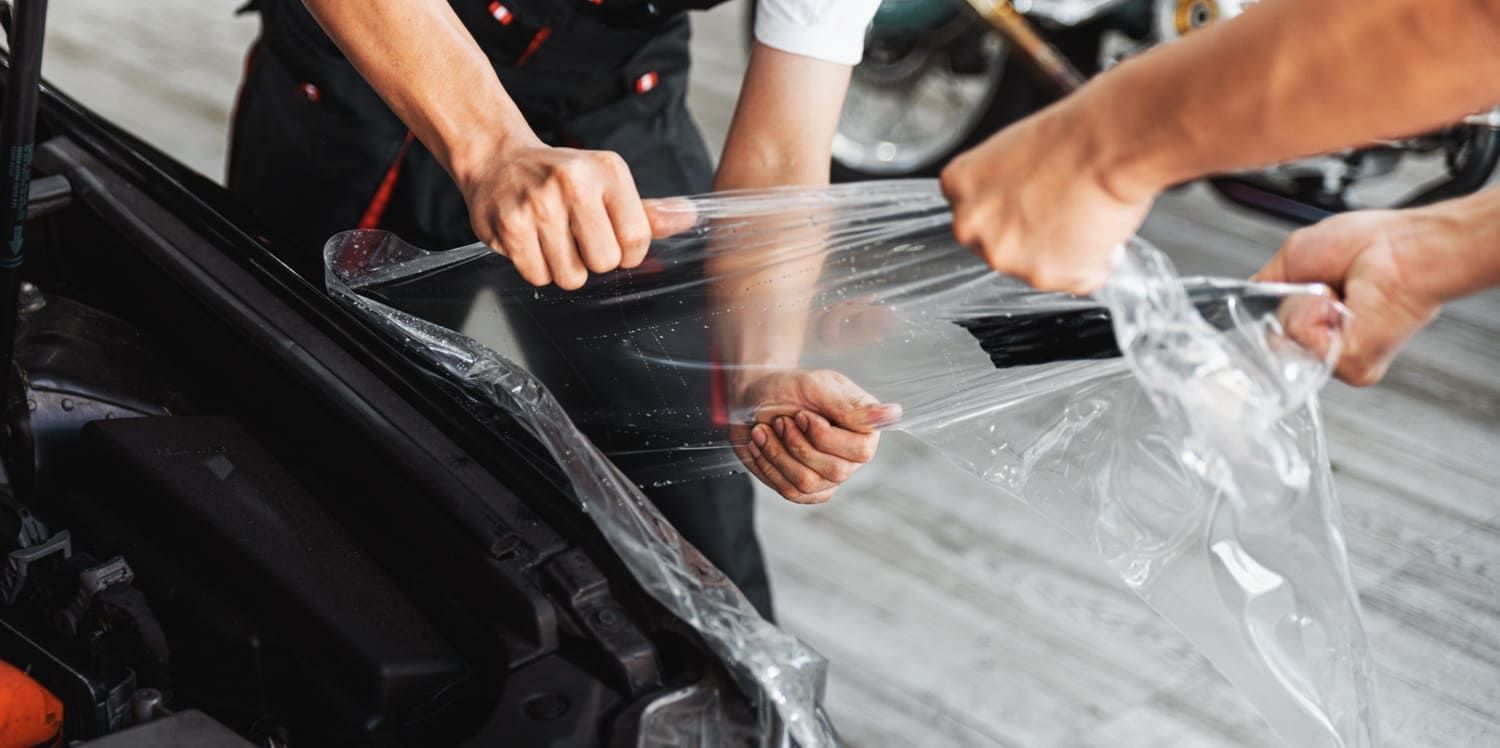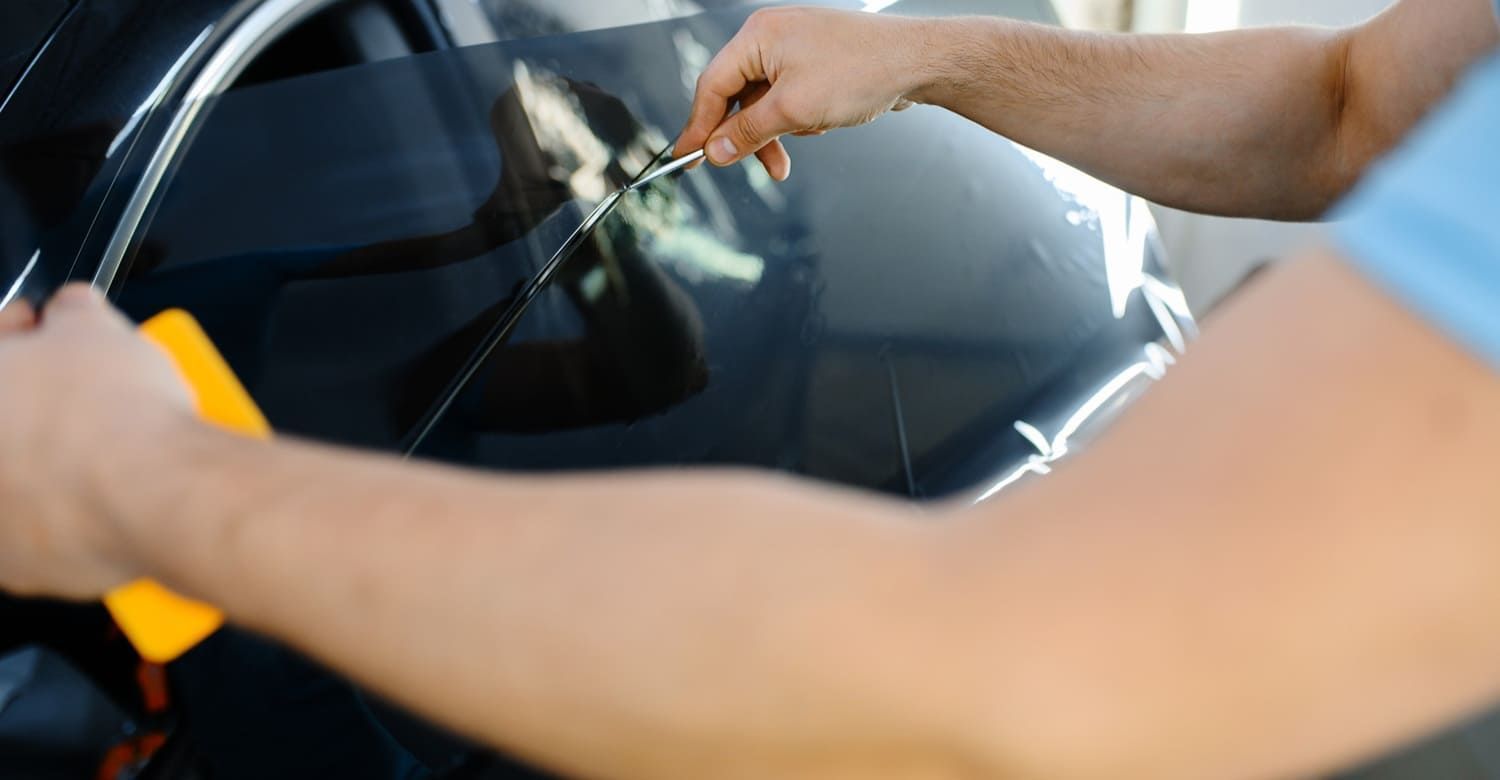Worth the Wait: How Long Does It Take to Tint Car Windows?
CGT Blogger • November 23, 2020
Are you thinking about having your car windows tinted, but don't know much about the process? How long does it take to tint car windows, anyway? Find out here.
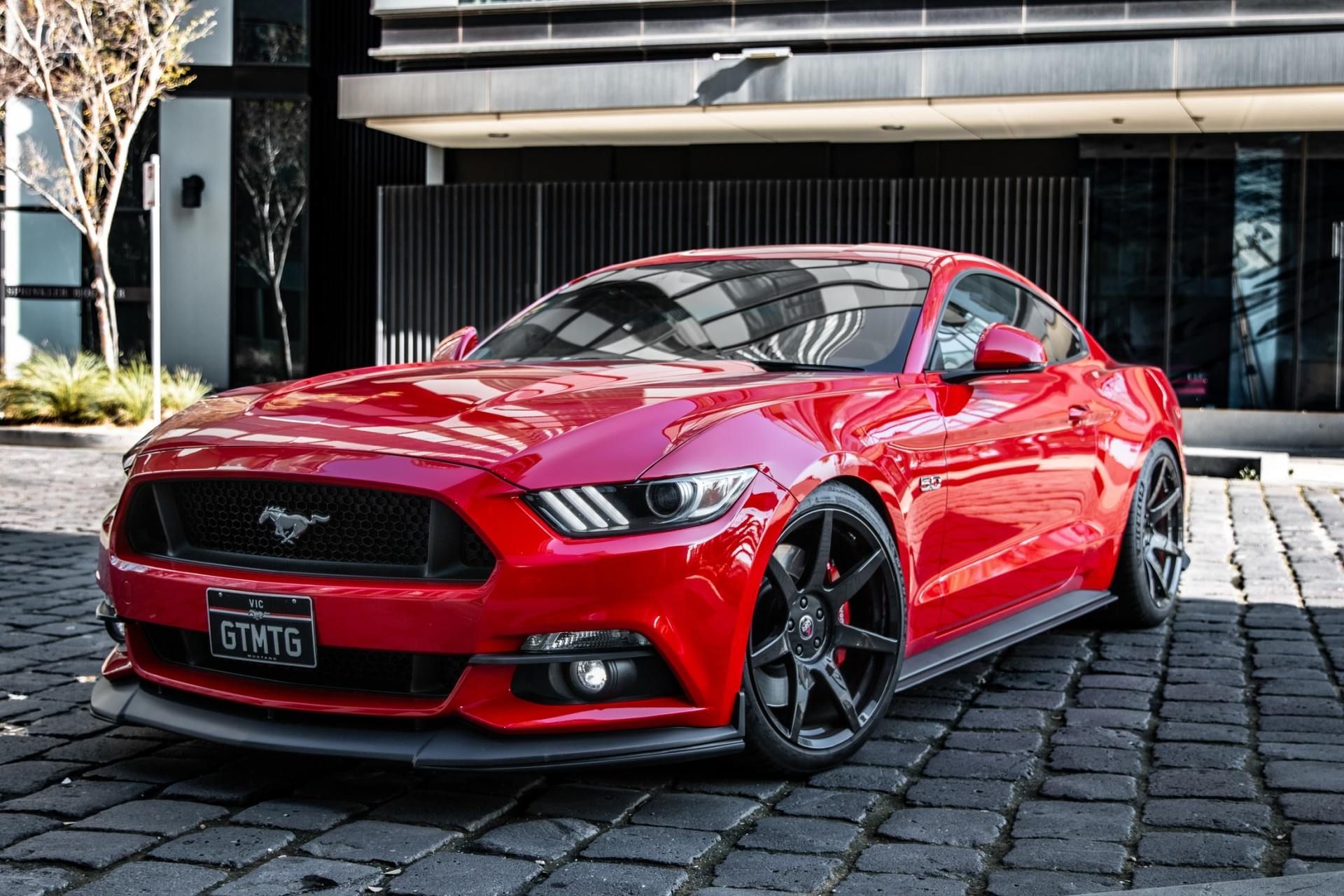
Do you want your vehicle to look extra stylish with a sleek car window tint? Perhaps you want to cool the interior down on the long, hot summer days. Luckily, there is a range of car tints and options, one of which is sure to suit your needs and budget.
Depending on the type of car you have, the process of tinting can vary in the time it takes to apply. If you are asking the question "How long does it take to tint car windows?" then read on for our must-know guide.
How Long Does It Take to Tint Car Windows?
The time it takes to tint your car window is determined by a number of factors. Firstly, you must take into account the size of the windows being tinted, and how many will be done. Then, you must consider the removal of old tints if you have had the service done before.
The complexity of the window shape will also play a factor. Not all windows are a standard shape, and some can be extremely tough to tint evenly and shapely. As an estimate, if all the windows on a standard car were tinted, it would take around four hours. For larger sedans, a tint can take less time at around two hours. If you only got your front doors tinted, it could take around 40 minutes.
The complexity of the window shape will also play a factor. Not all windows are a standard shape, and some can be extremely tough to tint evenly and shapely. As an estimate, if all the windows on a standard car were tinted, it would take around four hours. For larger sedans, a tint can take less time at around two hours. If you only got your front doors tinted, it could take around 40 minutes.
What Happens During the Process?
The whole process takes three major steps. The first is the most complex and requires cutting the tint film to the exact shape of your car window. Too short and the tint will not go to the edges, but too much and they will waste expensive tint film.
A heat gun then bends the film to the curvature of your car window. It gives it a smooth, flat finish that looks as if it was part of the glass itself.
Cleaning the car window is the next part of the process, and the technician will ensure that not a blemish is on the glass. Adhesives are removed with the use of a razor blade. Scouring pads and hot soapy water will then take away any dirt and dust particles that may bubble the film. Finally, the tint will be placed on the car window. It will be pressed down so that any water or moisture underneath pushes out, and prevents uneven surfaces.
A heat gun then bends the film to the curvature of your car window. It gives it a smooth, flat finish that looks as if it was part of the glass itself.
Cleaning the car window is the next part of the process, and the technician will ensure that not a blemish is on the glass. Adhesives are removed with the use of a razor blade. Scouring pads and hot soapy water will then take away any dirt and dust particles that may bubble the film. Finally, the tint will be placed on the car window. It will be pressed down so that any water or moisture underneath pushes out, and prevents uneven surfaces.
When Should I Get It Done?
It will take around four days for the tint to fully adhere to the window. You should follow the aftercare procedures, and if possible, keep your car off the road as much as you can in that time period. In fact, you should think about the weather very carefully.
Moisture is used to apply the tint and the estimate for full drying and adhesion is four days. However, this is in warm weather. In cold weather, it could take up to two weeks.
Considering this, it is best to get tinting done in warm seasons when you know the weather will stay good, especially if you are not able to keep your vehicle off the road. Sudden downpours and deluges can prevent drying. If you have this done in winter, in addition to the drying time, grit and road salt could impact the tint before it has time to bed in. The downside is that if you have windows done in the summer, you can not roll your windows up or down once the tint has been applied. This will cause the tint to scratch and peel off.
Moisture is used to apply the tint and the estimate for full drying and adhesion is four days. However, this is in warm weather. In cold weather, it could take up to two weeks.
Considering this, it is best to get tinting done in warm seasons when you know the weather will stay good, especially if you are not able to keep your vehicle off the road. Sudden downpours and deluges can prevent drying. If you have this done in winter, in addition to the drying time, grit and road salt could impact the tint before it has time to bed in. The downside is that if you have windows done in the summer, you can not roll your windows up or down once the tint has been applied. This will cause the tint to scratch and peel off.
What Are the Types of Car Tint?
Car window tinting comes in a variety of qualities. Higher-end tints will be more durable, last longer, and give a deeper tint to your glass. Cheaper car tint levels will also have less adhesion, so may start to peel off very quickly.
When buying, discuss quality and durability with the person doing the tint. It is no problem for them if you want a heavier, more quality tint, as they will just add the material to the cost. Once you have done this, you can choose from the six main types of car window tint.
Dyed Window Tinting
Dyed window tinting is the most cost-effective tint, but is not the most durable. It uses a dyed film that blocks layers of sunlight from entering your vehicle. However, the level of protection afforded is quite low and it can fade over time, meaning you will need to get it replaced.
Metalized Window Tinting
This
window tint
uses tiny metal particles embedded in the film to reflect heat. As well as tinting, this film also adds to the strength of the glass. You can tell it is metalized by its shine, and it has a much higher resistance to abrasion than dyed tinting.
Hybrid Window Tinting
Hybrid tints use both dye and metalized techniques in their film. A very popular choice is titanium with grey dye. You get the benefits of both films without the negatives.
Carbon Window Tint Film
The carbon film is more expensive, but a step up in its effectiveness and quality. It blocks around 40% of the radiation responsible for heating up your car. It often has a very attractive matt finish.
Crystalline Tint
Crystalline blocks solar heat and radiation, without making it look like you have a tint at all. If you
want an invisible tint
with the heat reflecting benefits, then this is for you.
Ceramic Tint
A ceramic tint is the most expensive, but the most effective. It has ceramic particles within it, known for being non-conductive. It can block up to
50% of the solar heat
without any loss in vision. It also increases the shatter resistance of the glass.
Finding a Tint Specialist
Now you can answer the question "How long does it take to tint car windows?" you just need to find a tinting specialist. Discuss your needs, and ask them what tint they would recommend for your vehicle. They are the experts and will have a wealth of information to share.
If you are looking for window tinting in and around Gainsville, Florida, then look no further than Custom Glass Tinting. We have experienced staff on hand to discuss all your tinting needs, automotive, residential, or commercial. Call us for a quote and drive away with a brand new, sleek-looking tint on your automobile window.
If you are looking for window tinting in and around Gainsville, Florida, then look no further than Custom Glass Tinting. We have experienced staff on hand to discuss all your tinting needs, automotive, residential, or commercial. Call us for a quote and drive away with a brand new, sleek-looking tint on your automobile window.

